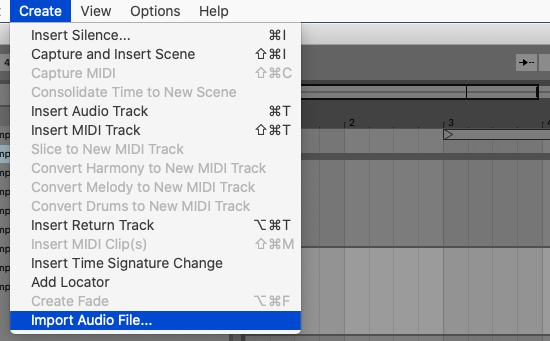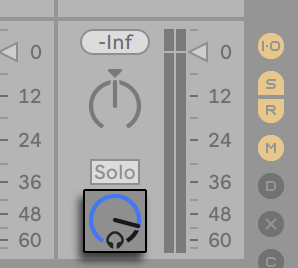


Click the “Plug-In Device” icon located in the sidebar on the left-hand side.With your plugin added, start recording or writing a melody from your MIDI keyboard or MIDI editor.

Once you complete the multi-leveled steps listed above, it’s time to start producing. Right-click on a parameter to set up MIDI mappings and automation curves.Adjust the VST parameters directly within Ableton Live.This will take you to the parameter area. Hit the “Play” button next to your chosen plugin label (E.g., SodaSynth).Click on the combobox to select your chosen preset. VST presets are synth patches and other programs downloaded to your system, which appear on the bottom left panel. Double-click the instrument/effect you wish to use in your track from your list of available plugins.You will see a list of all the Plugins which Ableton Live can see on your computer. In the main window, click the gray icon with a black plug to open the “Plugin Devices” tab.Click “Rescan” to ensure that Ableton Live has refreshed your list of installed plugins.Select “Browse” and choose the folder where all your VST plugins are located.Check that “Use VST Plug-in Custom Folder” is switched on.In Ableton Live, click Options then “Preferences,” then select “Plugins.”.Here’s how to use them: Set Up Your VST Plugins Directory Windows computers and PCs will often use VST (Virtual Studio Technology) plugins, which work on universal platforms.
Here’s how to set up external plugins: On Windows: There are free versions as well as those you’d need to buy. You can easily download different plugins online. If you wish to make your music even more advanced, you should consider the use of third-party plugins. However, these stock plugins don’t use a lot of processing power. This will automatically add the sound to the project you are working on.Ībleton built-in plugins are great, especially if you’re new to music production.


 0 kommentar(er)
0 kommentar(er)
